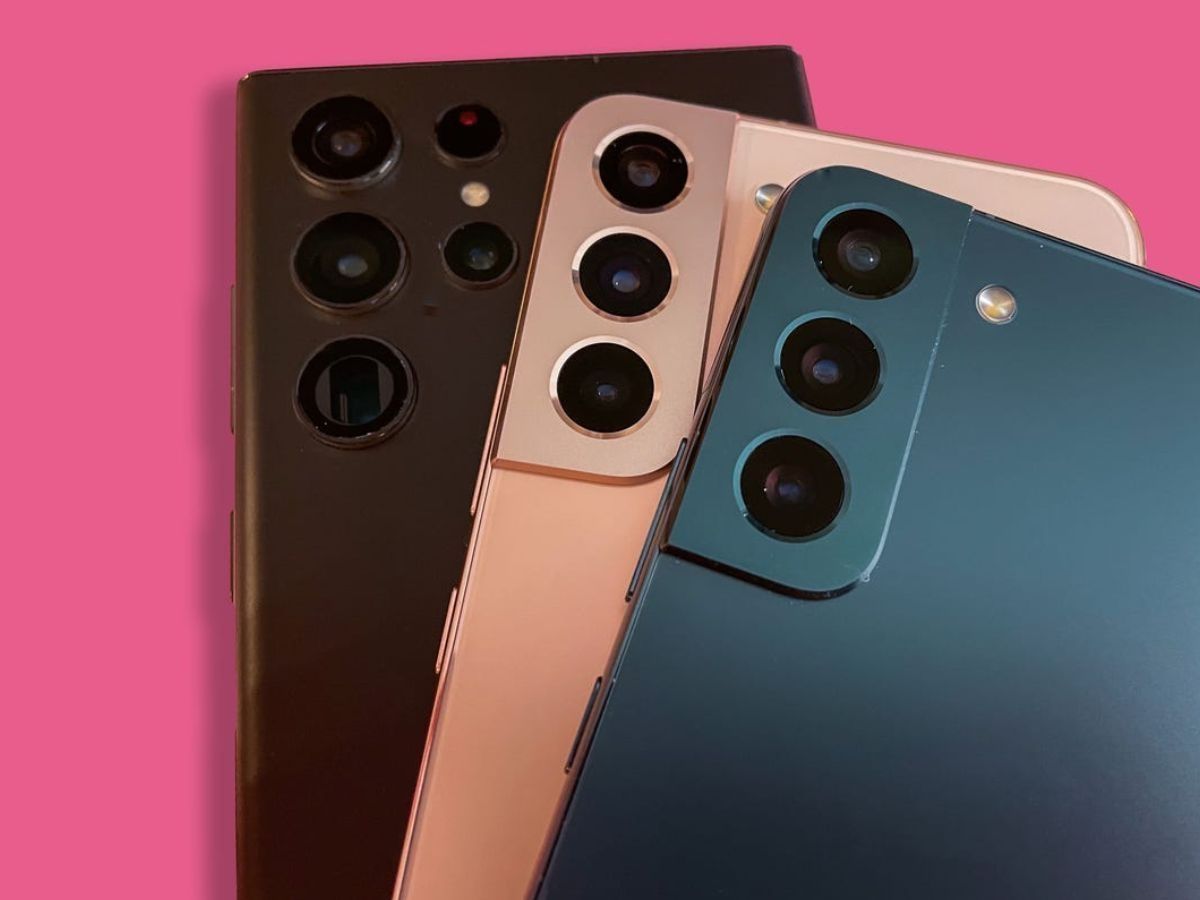Unsurprisingly, the new smartphones are speedier and take better images than the Samsung cellphones from the previous generation. Samsung just unveiled its newest range of smartphones, the Galaxy S23 series. The 200-megapixel high-resolution camera on the Samsung Galaxy S23 Ultra is the most talked-about new feature (an increase from the 108-megapixel camera offered in the Samsung Galaxy S22 Ultra).
What the Samsung Galaxy S23 devices don’t have—satellite connectivity—is more intriguing than what they have. Samsung said the Galaxy S23 devices lack Snapdragon Satellite, the satellite-to-cellular connectivity service that will deliver two-way messaging using Iridium’s L-band spectrum for the uplink and the X70 modem, despite running on Qualcomm’s Snapdragon 8 Gen 2 mobile platform and being powered by it.
A Samsung executive told CNET at the Samsung Unpacked event yesterday in San Francisco that the satellite functionality available today for smartphones is still “too limited” but the company will consider adding the feature in the future.

Qualcomm and Iridium announced the Snapdragon Satellite service earlier this year and said that the service will first be available on Android devices that run on Qualcomm’s Snapdragon 8 Gen 2 mobile platform and are powered by the Snapdragon 5G modem. Because the Samsung Galaxy 23 devices fit the criteria, many expected the Samsung Galaxy S23 line of smartphones would include the new Snapdragon Satellite service.
Additionally, Apple is exerting pressure on Samsung because it now provides Apple iPhone 14 owners with a free “Emergency SOS through Satellite” service for two years. People who are in remote places without regular cellphone coverage are able to text because of the emergency connectivity service.
However, the firms stated that they didn’t anticipate the first Android handsets with the service to become available until the second half of 2023 when Qualcomm and Iridium unveiled Snapdragon Satellite in early January.
According to Peter Kibutu, advanced technology lead for non-terrestrial networks at satellite consulting company TTP, Samsung might be considering an alternative strategy to what Apple is presenting with the iPhone 14.
“To date, handset manufacturers have only been able to provide compatibility with a single satellite provider, for example, Apple with Globalstar and Qualcomm with Iridium. The 3GPP standards, which were released at the end of last year, will eventually enable handsets to ‘roam’ between multiple satellite providers and deliver ubiquitous high-performance connectivity beyond emergency services,” he said in a statement.
Kibutu said he believes that some handset makers will wait until they can provide satellite service through multiple providers before they launch this type of capability.


